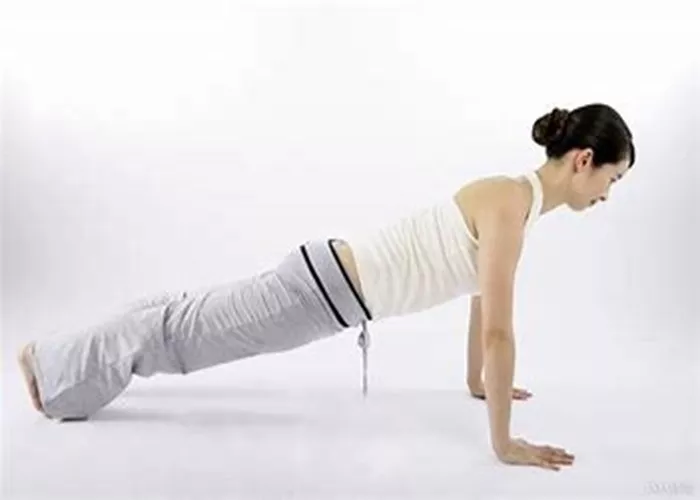Weight loss is a common goal for many individuals, often driven by the desire to improve health, appearance, or both. While diet plays a crucial role in weight management, exercise is equally important. Effective weight loss exercises, especially those that can be done in a short period, are sought after by those looking to maximize their results within a busy schedule. This article aims to provide an overview of such exercises, explaining their benefits, how they work, and tips for incorporating them into your routine.
Understanding Weight Loss
Before diving into the specifics of exercises, it’s important to understand the basics of weight loss. Weight loss occurs when the calories burned exceed the calories consumed. This creates a calorie deficit, leading to the breakdown of stored fat as a source of energy. While diet is primarily responsible for creating this deficit, exercise significantly contributes to increasing calorie expenditure.
Types of Effective Short-Time Weight Loss Exercises
There are several types of exercises that are particularly effective for weight loss, especially when time is a constraint. These include cardiovascular exercises, strength training, and high-intensity interval training (HIIT).
Cardiovascular Exercises
Cardiovascular exercises, also known as “cardio,” are activities that elevate the heart rate and increase calorie burning. They are excellent for burning calories during the exercise session and can also boost metabolism temporarily post-exercise.
Examples: Running, biking, swimming, brisk walking, and dancing.
Benefits: Improves cardiovascular health, enhances endurance, and helps in burning a significant number of calories in a short period.
Tips: Start with moderate intensity and gradually increase the duration and intensity as your fitness level improves.
Strength Training
Strength training involves using resistance to build and tone muscles. While it may not burn as many calories during the exercise as cardio, it has a long-term benefit of increasing muscle mass, which boosts resting metabolic rate.
Examples: Weight lifting, resistance band exercises, bodyweight exercises like push-ups and squats.
Benefits: Increases muscle mass, improves bone density, and enhances overall body strength.
Tips: Focus on compound exercises that work multiple muscle groups simultaneously, and ensure proper form to prevent injuries.
High-Intensity Interval Training (HIIT)
HIIT combines short bursts of intense exercise with periods of rest or low-intensity activity. It is highly effective for burning calories and improving cardiovascular fitness in a short amount of time.
Examples: Sprinting for 30 seconds followed by walking or jogging for 90 seconds, repeated multiple times.
Benefits: Maximizes calorie burning in a short period, improves insulin sensitivity, and enhances aerobic and anaerobic fitness.
Tips: Start with a beginner-friendly HIIT program and gradually increase the intensity and duration as your fitness improves.
How to Incorporate These Exercises into Your Routine
Set Clear Goals
Before starting any exercise program, set clear and achievable weight loss goals. This will help you stay motivated and track your progress.
Create a Balanced Workout Plan
Combine cardio, strength training, and HIIT to create a balanced workout plan. This will ensure that you’re addressing all aspects of fitness and maximizing calorie burning.
Listen to Your Body
It’s important to listen to your body and avoid overtraining. Rest and recovery are crucial for muscle growth and preventing injuries.
Stay Hydrated and Eat Well
Exercise alone won’t lead to weight loss if your diet is poor. Ensure you’re consuming a balanced diet rich in fruits, vegetables, lean proteins, and whole grains. Stay hydrated by drinking plenty of water throughout the day.
Track Your Progress
Use a fitness tracker or journal to monitor your workouts, calorie intake, and weight loss progress. This will help you stay accountable and make adjustments to your plan as needed.
Popular Science Behind the Exercises
The effectiveness of these exercises can be explained through the principles of physiology and metabolism.
Cardio increases heart rate and respiratory rate, leading to increased oxygen consumption and calorie burning. It also improves cardiovascular health, reducing the risk of heart disease and stroke.
Strength Training stimulates muscle growth and repair, which requires energy (calories). Increased muscle mass raises resting metabolic rate, meaning you burn more calories at rest.
HIIT is effective because it maximizes calorie burning in a short period while also stimulating the production of growth hormone and adrenaline, which further enhance fat burning and muscle growth.
Conclusion
In conclusion, effective weight loss exercises for a short time include cardiovascular exercises, strength training, and high-intensity interval training. By incorporating these exercises into a balanced workout plan, listening to your body, and maintaining a healthy diet, you can achieve significant weight loss results within a busy schedule. Remember, consistency is key to success in any weight loss journey.
Related topic:


